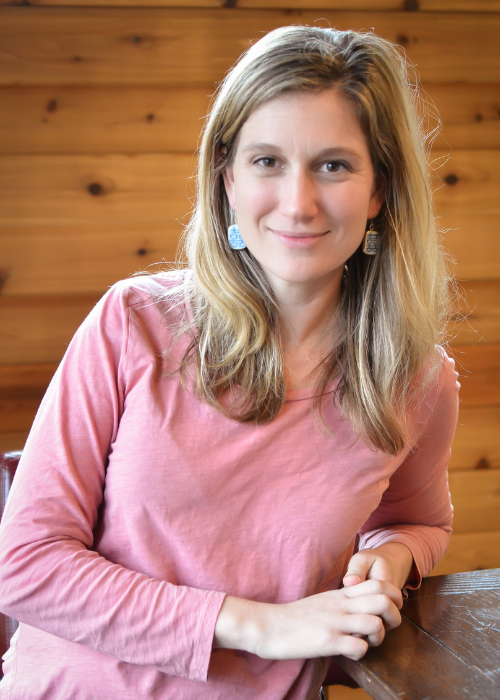Why it’s good to be twisty (6S Framework - Part 4 of 6)
Today’s column on surprise is the fourth of my six-part series on the “Six S” framework for hooking and keeping your listeners. Read the overview here.
The 6S Framework is a set of practices that work separately and in combination to ratchet up the wow factor of your podcast or radio show. Before we get into surpise, here’s a reminder of the framework:
Sound Vision — Can you hear the story in your head? (read about Sound Vision)
Structure — Take listeners on a journey. (read about Structure)
Scenes — The engagement backbone. (read about Scenes)
Surprise! — Even the most straightforward of episodes should contain surprises. Look for them. (continue reading below)
Suspense — Intrigue creates forward momentum. (read about Suspense)
Specifics — Details create driveway moments. (read about Specifics)
Why it’s good to be twisty
The other day, I got an email from a development executive at a sizable podcast production studio. It read: “It’s not right for us.”
I’ve been pitching an ambitious audio documentary to production studios and distributors. It’s a slow, ego-bruising process. While this particular message came as no surprise — it’s a UK studio — I’m done pretending I’m superhuman. Rejection always hurts.
But what happened next was enlightening. After the “ouch,” I asked why. And this exec was kind enough to take two minutes to explain. She wrote, “[The] narrative has to feel really hooky and twisty enough to sustain over the full series.”
Ours wasn’t.
Well, she runs development for a studio that makes true crime shows. The need for twists and turns is obvious — it’s the architecture upon which true crime stories are built.
But what about everything else? Turns out, there isn’t a podcast in existence that wouldn’t benefit from twistiness. In other words, surprises. Or, as NHPR Senior Podcast Editor Katie Colaneri put it, “holy shit moments.” As I summed up in the takeaways of Ep. 16, “How to Pitch An Audio Documentary and the Unusual Origin of a This American Life Story,”
We need holy shit moments. What are those surprises — in the story, or about the people in your story — that make you say, “Wow, you’re never going to believe this? Holy shit moments help get your pitch accepted. And they generate word of mouth.”
For years, I’ve been calling those holy shit moments “left turns.” In our early drafts, we often leave the left turns out, to our peril. (If you were to sketch out the emotional moments of a story or conversation without enough surprises, you’d see a flat line. What you want is a version of symphonic swells, punctuated by significant spikes. And you want this within a single episode and across a series.)
(Listen to Katie deconstruct the holy shit moments in the This American Life story, “A Funny Thing Happened on the Way to the Quorum.”)
So let’s say you make a simple show, like my friend Melissa Bloom’s The Path to Joy. Made for listeners who want a mindset shift twice a week, The Path to Joy is solo-hosted and only about six minutes long. It couldn’t be further from true crime.
What makes it compelling? She identifies conventional wisdom about the ways most of us think about ourselves. Then, she introduces the left turn: a scientific fact that challenges us to question conventional wisdom, or a parable intended to get a listener to think, “Huh, I never thought of my automatic inner commentary that way.” (Take a listen.)
You can introduce left turns without having anyone murdered in a dark parking garage.
You can also follow your instincts to find surprises where, as a creator, you wouldn’t expect them. That requires you to have the courage, as an interviewer, to go where other interviewers don’t.
Consider this conversation I had with Betsy Wallace, co-host of the show Dinner Sisters. When I first invited her onto Sound Judgment, I wanted to speak with a cooking show host to see what I could learn about that age-old connection between food and relationships. (Valentine’s Day was coming up.) I also wanted to unpack why a show about what to make for dinner inspired utter devotion from listeners. But the day of our recording, Betsy had received some troubling news about her dad, who was about to enter hospice. It had only been a year since her mother had died.
We discussed the stuff I’d planned on. But we also delved into Betsy’s personal intersection of grief, creativity, and work. The episode became something entirely different than I’d planned. And so much better.
If you think you don’t have any holy shit moments in an episode you’re producing, you’re probably wrong. You may need to do more research or interviews to find the left turns hidden in dark corners.
But if they’re really missing, you may well need to start over. That’s the drill, if we are to woo and keep loyal listeners — and if we are to get our pitches accepted by choosy development execs.



